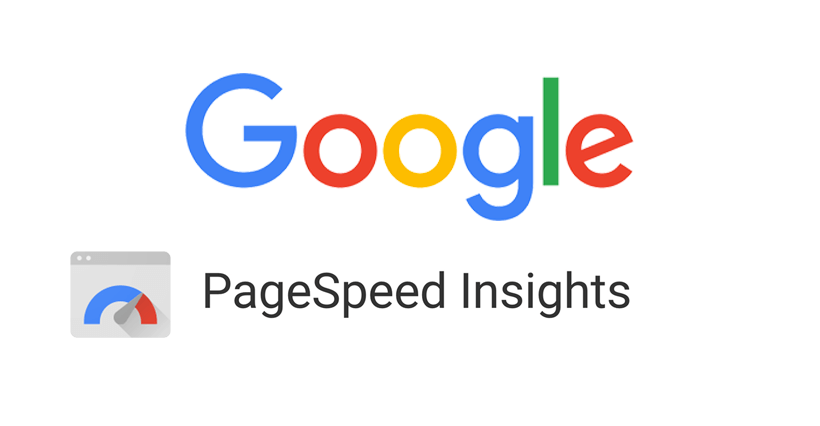
The speed of your website is essential to offer an optimal user experience. Google PageSpeed is an essential tool for evaluating and improving your site's performance. Here we will tell you the most relevant aspects of Google PageSpeed that you should know, discover how this tool can transform your online presence!
What is Google PageSpeed Insights?
It is a Google tool that evaluates the loading performance of your website. It analyzes key factors such as load time, code efficiency and resource size. It provides specific recommendations to improve speed and user experience, helping you optimize your site for better search engine visibility and smoother navigation.
Google PageSpeed also serves to identify areas for improvement on your page, such as image size, cache usage and file minification.
Fact: Many users see that websites are very slow and leave the page after two seconds, it is recommended that the page displays all its content in milliseconds as this favors the user who wants to enter the page and the creator of it getting more visits.
How to have a Good Score in Google PageSpeed Insights?
Order in the HTML Structure in Google PageSpeed Insights

HTML structure plays a key role in Google PageSpeed score. A well-organized HTML code not only makes it easier for browsers to understand and process the page, but also optimizes site performance.
Key aspects of maintaining good order in the HTML structure include:
-
CSS placement in the
<head>Include the CSS files in the<head>of your HTML document so that the styles are loaded before the content, avoiding the flickering of unformatted content. -
Scripts at the end of the
<body>: Places the JavaScript files at the end of the<body>so that visible content loads first, improving the user experience and reducing initial load time. -
Use of semantic tagsHTML5 semantic tags such as
,yto structure your content in a logical and accessible way. -
HTML MinimizationRemoves unnecessary spaces and comments from HTML code to reduce its size and speed up loading.
Which Plugin Complements Google PageSpeed Insights in WordPress?

How to Improve SERPS Position?
Improving your position in SERPs (search engine results pages) is crucial to increase visibility and drive more traffic to your website. Here are some effective strategies to achieve it:
Content Optimization: Create relevant, useful and high quality content that answers your users' questions and needs. Use relevant keywords in a natural way and make sure the content is well structured with clear headings and paragraphs.
2. On-Page SEO: Improve your page elements such as titles, meta descriptions, alt tags on images and friendly URLs. These aspects help search engines to better understand your page content and index it correctly.
3. Loading speed: A fast website not only improves the user experience, but is also an important ranking factor for search engines. Use tools like Google PageSpeed to identify and fix issues that may be affecting loading speed.
4. Mobile Optimization: Make sure your website is fully optimized for mobile devices. Most searches are performed from mobile devices, and search engines prioritize sites that offer a mobile-friendly experience.
5. Link Building: Generate quality links from relevant and high authority websites. Inbound links can improve your site's credibility and its position in the SERPs.
6. User Experience (UX): Improve the navigability and design of your website to offer a smooth user experience. Good design, fast loading times and intuitive navigation contribute to higher user satisfaction and thus better search engine rankings.
With Google PageSpeed, you can increase your website's visibility in search results and drive more traffic to your website. To learn more about Google PageSpeed insights, click here. here.
If you are interested in this article, click here HERE to learn more about marketing, SEO and technology.






